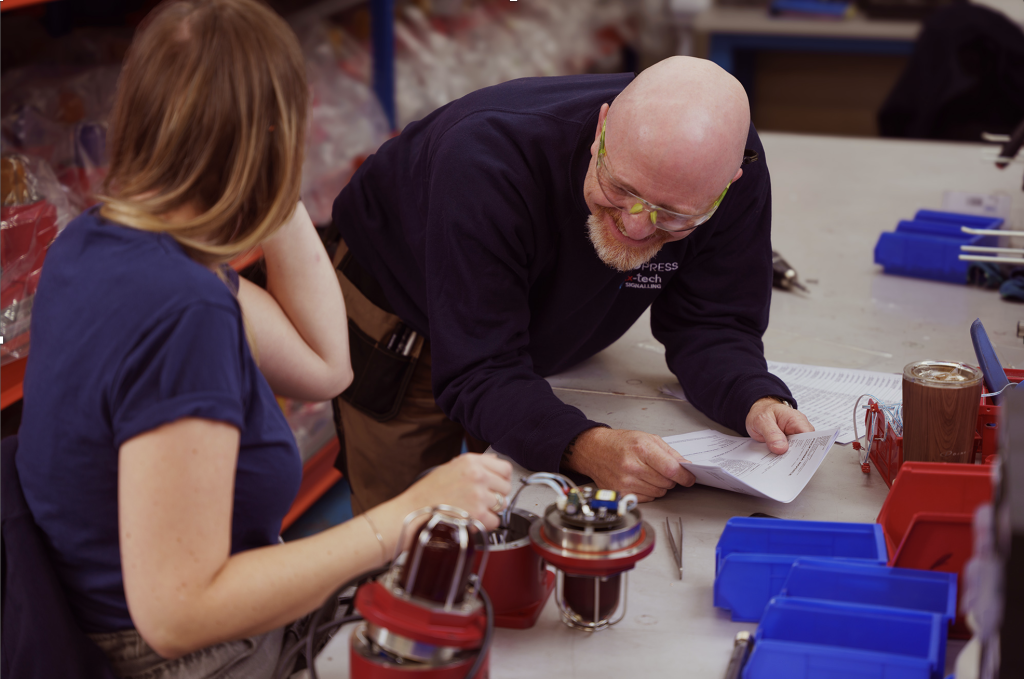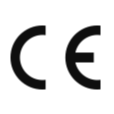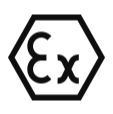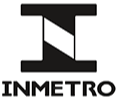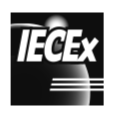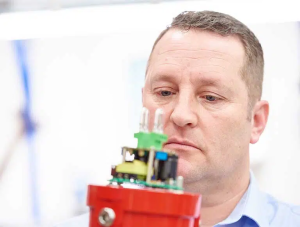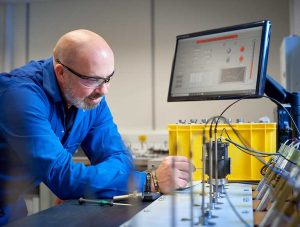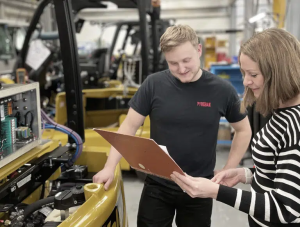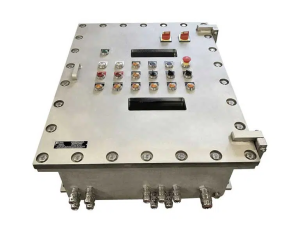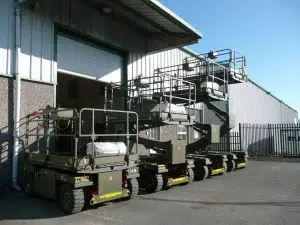Explosion-Proof Certification: ATEX or IECEx?
6 June 2025
Selecting the right certification (ATEX or IECEx) for explosion‑proof signalling equipment is a decisive factor in safeguarding personnel, ensuring regulatory compliance and maximising operational efficiency in hazardous areas. For professionals managing hazardous area installations, understanding the nuanced differences between ATEX and IECEx frameworks offers significant strategic advantages beyond mere regulatory adherence.
This article explores the technical nuances and practical implications of both frameworks, helping you choose the certification path for your signalling devices in explosive atmospheres worldwide.
What are ATEX and IECEx certifications?
The explosion protection sector operates under two primary certification frameworks that share common technical foundations but serve distinct regulatory purposes:
- ATEX Directive: A legally mandated European regulatory framework derived from the phrase “ATmosphères EXplosibles,” comprising two key directives that govern workplace safety requirements and equipment specifications for explosive atmospheres. ATEX certification confirms compliance with essential health and safety requirements established under EU legislation.
- IECEx Scheme: A voluntary international certification system developed by the International Electrotechnical Commission that provides globally recognised certificates of conformity to IEC standards. While not legally mandated in any specific jurisdiction, IECEx certification facilitates multi-national equipment approvals through its network of accredited testing laboratories and certification bodies.
Both frameworks reference the IEC 60079 standards series, creating a technical alignment despite their different regulatory roles. This commonality enables manufacturers like Ex-tech Signalling to develop products that simultaneously satisfy both certification requirements.
ATEX vs IECEx: Key Differences
When specifying explosion-proof signalling devices, several factors should inform your certification strategy:
Geographic considerations
The location of your installation fundamentally determines your certification requirements:
- European installations: ATEX certification is a non-negotiable legal requirement within the EU and UK (under the UKCA regime). Any signalling equipment deployed in classified hazardous areas must carry appropriate ATEX marking.
- Global operations: For installations outside Europe, IECEx certification provides widely recognised documentation that simplifies approval processes across multiple jurisdictions in Asia, Australia, the Middle East, and beyond.
- International projects: For operations spanning multiple regulatory environments, dual-certified equipment eliminates the complexity of sourcing region-specific variants, streamlining procurement and maintenance processes.
Technical alignment with hazardous area classifications
Both certification systems employ the standardised zone classification methodology:
| Hazard Type | Continuous Presence | Likely in Normal Operation | Unlikely/Short Duration |
| Gas/Vapour | Zone 0 | Zone 1 | Zone 2 |
| Dust/Powder | Zone 20 | Zone 21 | Zone 22 |
This classification determines the required protection level for equipment:
- ATEX utilises Equipment Categories (1G/1D, 2G/2D, 3G/3D) that correspond to specific zone requirements
- IECEx employs Equipment Protection Levels (EPL Ga/Da, Gb/Db, Gc/Dc) that align similarly
For example, Ex-tech Signalling’s BC150 beacon and SD150 sounder carry certifications for gas Zones 1 and 2 and dust Zones 21 and 22, making them suitable for deployment across a range of hazardous environments in critical industries including oil, gas, chemical and marine applications.
Operational flexibility and future-proofing
Dual certification offers significant operational advantages:
- Supply chain optimisation: Maintaining a single inventory of dual-certified devices simplifies logistics and reduces stockholding requirements
- Deployment flexibility: The same signalling equipment can be deployed across global operations without certification concerns
- Regulatory resilience: As compliance requirements evolve, dual-certified equipment provides built-in adaptability
Implementation considerations for signalling equipment
When selecting explosion-proof signalling devices, attention to certification details ensures both compliance and operational safety:
- Match zone classifications precisely: Verify that equipment protection categories (ATEX) or levels (IECEx) align with your installation zone requirements
- Verify gas/dust group compatibility: Ensure the device’s certification covers the specific flammable substances present in your environment
- Confirm temperature classification: Check that the equipment’s temperature rating is appropriate for the ignition temperatures of present substances
- Inspect certification markings: All explosion-proof equipment must display clear certification markings indicating approval for specific zone deployments
Ex-tech Signalling’s product range illustrates this comprehensive approach to certification. Our range of beacons, sounders, and call points all carry dual ATEX/IECEx certification, providing assurance across multiple regulatory environments while maintaining the robust construction necessary for hazardous environments.
ATEX and IECEx certified signalling solutions
Strategic certification approach for global operations
For organisations operating across international boundaries, a strategic approach to certification delivers significant advantages:
- Standardise on dual-certified equipment where possible to eliminate regional variations and simplify inventory management
- Verify local regulatory acceptance of IECEx certification or determine if additional local certifications (such as INMETRO in Brazil) are required
- Document certification alignment with site-specific hazardous area classifications to streamline inspection and compliance processes
- Consider certification implications when developing global equipment standards to ensure consistent safety performance across diverse operating environments
Ex-tech Signalling’s ATEX and IECEx certified devices also feature SIL2 compliance, supporting a harmonised certification strategy for distributors and OEMs operating across global markets and applications.
Transforming certification into a strategic advantage
The decision to specify dual ATEX/IECEx certified signalling equipment delivers immediate compliance benefits while providing long-term flexibility to adapt to evolving operational and regulatory demands.
Ex-tech Signalling’s range of dual-certified explosion-proof signalling devices offers this strategic advantage – combining robust engineering with regulatory versatility to deliver reliable performance across diverse hazardous environments worldwide.
Contact us today for expert advice on specifying the right signalling equipment for your application.
Frequently Asked Questions
What distinguishes ATEX from IECEx certification?
ATEX is a mandatory regulatory framework within the European Union and the UK, ensuring compliance with legal requirements for equipment used in explosive atmospheres. IECEx, by contrast, is a voluntary international certification scheme that facilitates global market access through harmonised IEC standards. While both reference the IEC 60079 series, their regulatory applications differ.
Is IECEx certification sufficient for European installations?
No. While IECEx certification demonstrates conformity to international standards, it does not replace the legal requirement for ATEX certification within the EU or UK. Equipment intended for use in these regions must carry appropriate ATEX (or UKCA) marking.
Can equipment be certified under both ATEX and IECEx?
Yes. Many manufacturers, including Ex-tech Signalling, offer dual-certified products. This approach enables broader market access, simplifies procurement, and ensures compliance across multiple regulatory environments.
What is the ATEX standard?
ATEX refers to two European directives aimed at ensuring safety in explosive atmospheres. One directive focuses on the protection of workers in hazardous areas (Directive 99/92/EC, known as ATEX 137), while the other governs the equipment and protective systems used in such environments (Directive 2014/34/EU, known as ATEX 114). Together, they help manage risks and ensure safe practices in industries where explosive atmospheres may occur.

